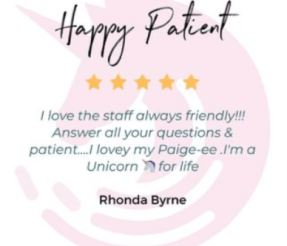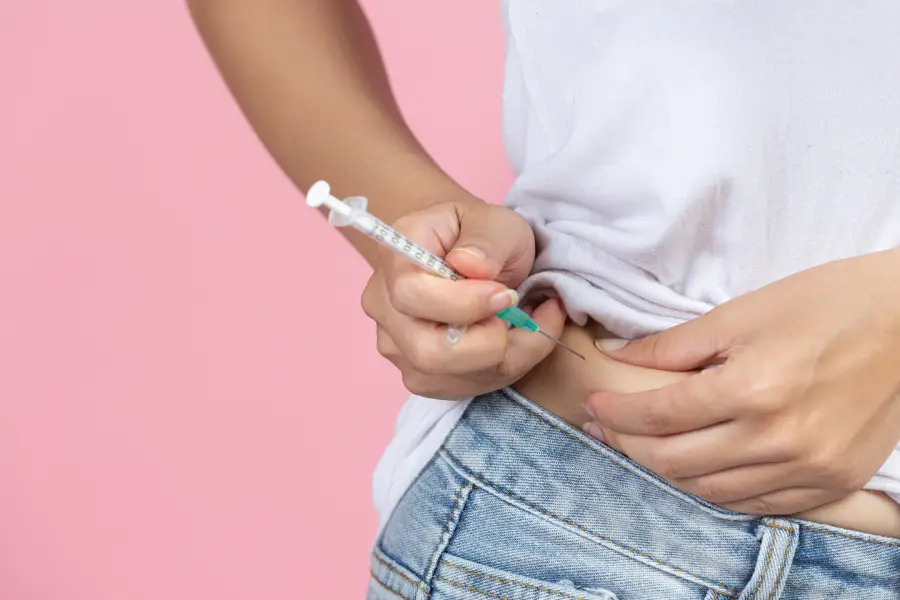Over the past year, medications like Ozempic and other GLP-1 receptor agonists have taken the spotlight in the world of weight management. From Hollywood headlines to social media testimonials, these drugs are praised for helping people shed pounds, balance blood sugar, and feel more in control of their health.
But behind the dramatic before-and-after photos is a growing conversation about side effects — especially the visible ones. One of the most talked-about outcomes is something called “Ozempic face,” a term used to describe the facial changes that can happen with rapid weight loss.
But that’s just one of several concerns associated with these medications. If you’re considering GLP-1 for diabetes and weight loss, or you’re already using it, understanding potential side effects is essential to making informed, safe decisions.
What Are GLP-1 Medications and Why Are They So Popular?
GLP-1 receptor agonists are a class of medications that mimic a hormone called glucagon-like peptide-1. This hormone helps regulate blood sugar, slows digestion, and decreases appetite. As a result, people taking these medications often eat less, feel full sooner, and lose weight over time.
| Benefit | Explanation |
| Blood Sugar Control | Slows glucose absorption and increases insulin release. |
| Reduced Appetite | Makes you feel fuller, faster. |
| Slower Digestion | Prolongs satiety and helps manage cravings. |
| Weight Loss Support | Leads to significant, sustained weight reduction in many patients. |
These benefits explain why people are turning to Ozempic for diabetes and weight loss. However, like any medication, it’s not without side effects.
Understanding the Risks: From Nausea to “Ozempic Face”
Like any medication, GLP-1 drugs can come with side effects. While some are mild and temporary, others may impact your comfort, health, or appearance. The most commonly reported GLP-1 side effects include:
- Nausea or upset stomach
- Diarrhea or constipation
- Fatigue or dizziness
- Facial volume loss (a.k.a. “Ozempic face”)
The term Ozempic face refers to the sunken or aged appearance that can occur in the face as fat volume decreases rapidly. Fortunately, non-surgical Ozempic face treatment options such as dermal fillers or skin tightening therapies can help restore lost volume and improve skin tone.

Weighing the Benefits and Complications
There is no denying the effectiveness of these medications for weight management. But it’s important to understand both the upsides and the possible downsides, especially when it comes to long-term use. Below is a simple comparison:
| Benefit | Potential Complication |
| Effective blood sugar control | Gastrointestinal discomfort |
| Significant weight loss | Facial volume loss (Ozempic face) |
| Reduced appetite and cravings | Nutrient absorption concerns |
| Lower risk of cardiovascular disease | Pancreatitis (rare but reported) |
Although rare, more serious weight loss drug complications can occur. These may include gallbladder issues, kidney concerns, or mood changes. Individuals should always consult with a licensed provider before beginning treatment and monitor for any unusual symptoms along the way.
Who Should Be Cautious When Using GLP-1 Medications?
These medications are not suitable for everyone. People with a history of thyroid cancer, pancreatitis, or significant gastrointestinal disorders should proceed with caution. Likewise, older adults or individuals with existing volume loss may want to consider the aesthetic impacts, especially if facial appearance is a concern.
Even for those without contraindications, there are GLP-1 weight loss drug risks that should be discussed with a medical provider. The goal is always to balance results with safety — and that includes looking and feeling your best during and after weight loss.
Supporting Your Results While Protecting Your Appearance
As demand for these therapies continues to rise, so does the need for supportive treatments that address side effects like Ozempic face. The good news is, there are safe and effective ways to maintain a healthy, youthful appearance while on a GLP-1 medication.
Ozempic face treatment options may include:
- Hyaluronic acid fillers to restore facial volume
- Microneedling to stimulate collagen production
- Radiofrequency skin tightening for firmer texture
- Personalized skincare regimens to improve tone and elasticity
These treatments can help reduce visible signs of weight loss while supporting overall skin health, so you can enjoy your results confidently and comfortably.with a healthy lifestyle, this therapy can become a powerful part of a long-term plan — not just a short-term fix.
Final Note
Choosing to begin GLP-1 for diabetes and weight loss is a personal and often life-changing decision. While the benefits are real, so are the risks — and being well-informed is the best way to stay in control. From managing GLP-1 side effects to exploring professional options for Ozempic face treatment, having the right support system is essential.
At Unicorn Medical Weight Loss & Medi Spa, we understand the complexities of medical weight loss and aesthetic care. Our team is here to guide you through every phase of your journey — from selecting the right treatment to addressing concerns as they arise.
If you’re considering GLP-1 medications or want to explore options for managing visible side effects, schedule your consultation today. Your health, confidence, and results deserve expert care.
Check out what others are saying about our services on Yelp and Google












